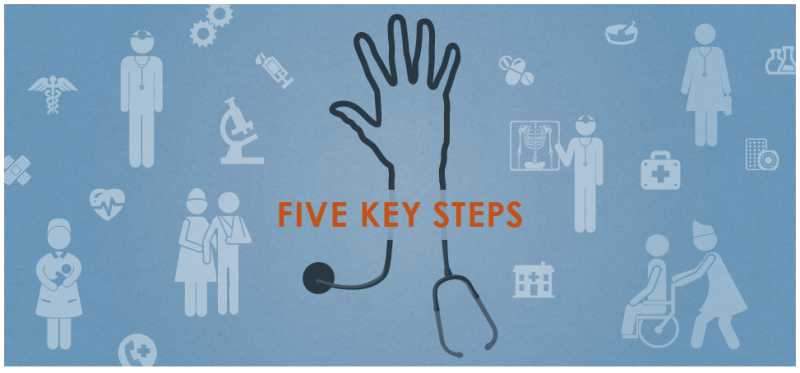Where We Work
See our interactive map


This is a pivotal year for the international development community. Fourteen years ago, world leaders gathered at the United Nations headquarters and set eight major goals to reduce extreme poverty and improve lives around the world. Those Millennium Development Goals provided a shared blueprint that unified the global community and accelerated progress like never before. The deadline for the goals is 2015—just around the corner. The big question now is this: What development goals will we set next? And how can we make even faster progress toward global health and well-being? These questions are very much in my mind as we celebrate the second annual World Health Worker Week, April 7-11. The answer, I believe, lies with the health workforce.
We missed the opportunity to make health workers part of the Millennium Development Goals in 2000. We should not miss it again.
There is a global shortage of 7.2 million doctors, nurses, and midwives, according to new estimates by the World Health Organization. By 2035, that number could reach 12.9 million. We missed the opportunity to make health workers part of the Millennium Development Goals in 2000—we should not miss it again.
We cannot achieve greater global health without stronger health systems, and for that we must strengthen the health workforce—both adding to its worldwide ranks and making the most of the health workers that already exist.
Here are five key steps we in the global health and development field can take to make sure health workers are part of the world’s post-2015 commitments:
If we take these steps and work together toward our common goals, we could make even faster worldwide progress over the next 15 years.
Universal access to health coverage—and to health workers—is almost within our sights. During this pivotal year, let’s come together, clarify that vision, and pave the way to even greater global health.
Get the latest updates from the blog and eNews




